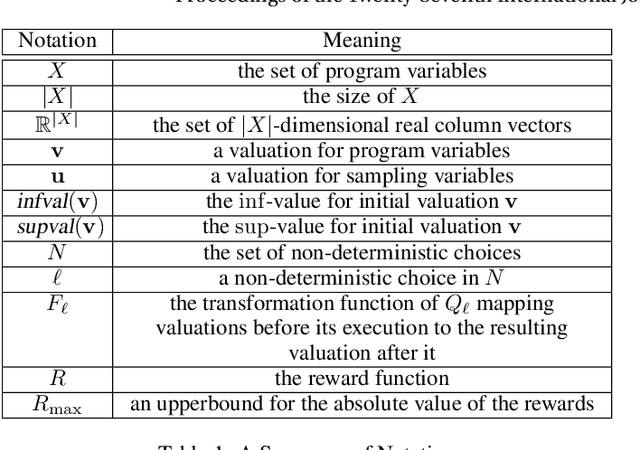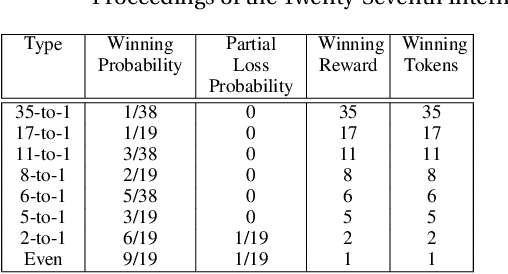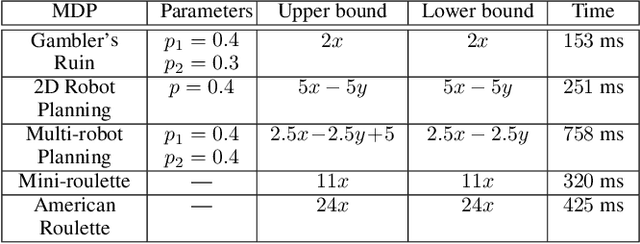Hongfei Fu
Guided Diffusion Model for Adversarial Purification
Jun 04, 2022



Abstract:With wider application of deep neural networks (DNNs) in various algorithms and frameworks, security threats have become one of the concerns. Adversarial attacks disturb DNN-based image classifiers, in which attackers can intentionally add imperceptible adversarial perturbations on input images to fool the classifiers. In this paper, we propose a novel purification approach, referred to as guided diffusion model for purification (GDMP), to help protect classifiers from adversarial attacks. The core of our approach is to embed purification into the diffusion denoising process of a Denoised Diffusion Probabilistic Model (DDPM), so that its diffusion process could submerge the adversarial perturbations with gradually added Gaussian noises, and both of these noises can be simultaneously removed following a guided denoising process. On our comprehensive experiments across various datasets, the proposed GDMP is shown to reduce the perturbations raised by adversarial attacks to a shallow range, thereby significantly improving the correctness of classification. GDMP improves the robust accuracy by 5%, obtaining 90.1% under PGD attack on the CIFAR10 dataset. Moreover, GDMP achieves 70.94% robustness on the challenging ImageNet dataset.
Computational Approaches for Stochastic Shortest Path on Succinct MDPs
Jul 17, 2018


Abstract:We consider the stochastic shortest path (SSP) problem for succinct Markov decision processes (MDPs), where the MDP consists of a set of variables, and a set of nondeterministic rules that update the variables. First, we show that several examples from the AI literature can be modeled as succinct MDPs. Then we present computational approaches for upper and lower bounds for the SSP problem: (a)~for computing upper bounds, our method is polynomial-time in the implicit description of the MDP; (b)~for lower bounds, we present a polynomial-time (in the size of the implicit description) reduction to quadratic programming. Our approach is applicable even to infinite-state MDPs. Finally, we present experimental results to demonstrate the effectiveness of our approach on several classical examples from the AI literature.
 Add to Chrome
Add to Chrome Add to Firefox
Add to Firefox Add to Edge
Add to Edge